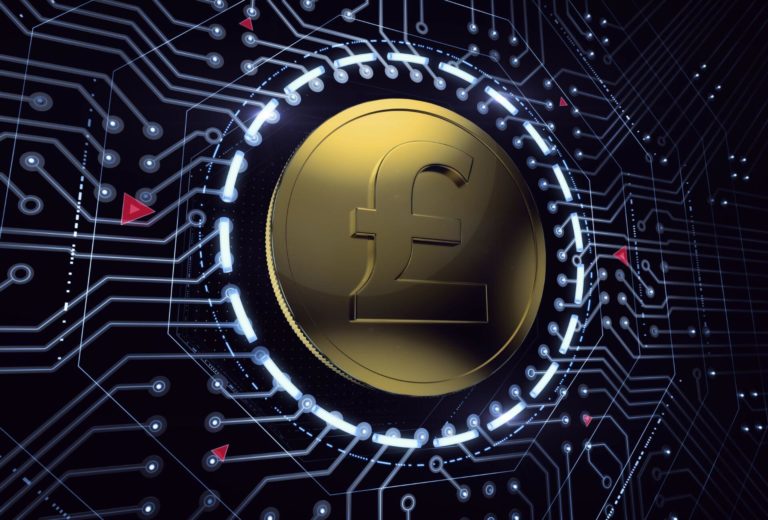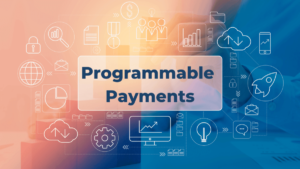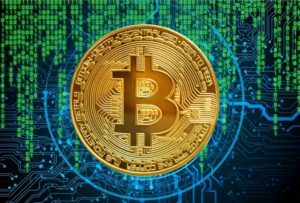On 7 February 2023 the Bank of England announced a consultation with HM Treasury on a potential digital Pound, or Central Bank Digital Currency (CBDC). Complementing cash, a CBCD could be used by households and businesses for everyday payments (in-store and online) and would be interchangeable with cash and bank deposits.
This is not the first time in history that new forms of money or means of payment have evolved. Payment exchange media have evolved from ‘coins of the realm’ to debit and credit cards, payments channels like PayPal and Worldpay and more recently e-money/digital money such as Google and Apple Pay. Digital money also comes in different ‘flavours’, albeit with shared basic characteristics, with CBDCs at one end of the spectrum and at the other, native cryptocurrencies like Bitcoin and Ethereum. Stablecoins and synthetic CBDCs (a stablecoin issued by a commercial bank, backed by Central Bank money) sit somewhere in the middle.
Underpinning them all is the framework that determines what is legal tender, who owns it and what it can be used for. From a technology standpoint, most countries are looking at blockchain/DLT technology for digital currency because of its high security protection and programmability. Layered on top are the use cases that determine adoption by (and trust from) consumers, organisations and the government itself. A digital Pound infrastructure must be stable, secure and resilient. It must be accessible and inclusive, including to those without bank accounts. It needs to be interoperable with existing payments infrastructures and fungible (with other digital and non-digital currencies and technologies).
Then we come to use cases, from peer-to-peer lending to programmable (condition-based) payments. As the name implies, programmable payments enable conditions to be attached to the payment instruction (for example, payment made upon completion of a particular task or fulfilment of certain pre-specified criteria). It is important at this point to make the distinction between programmable payments and programmable money. Programmable money relates to digital money that has built in rules or conditions and can therefore determine how funds are spent (unlike today, where there is no visibility or control over how cash is spent). This is understandably a potential characteristic of digital money that raises concerns regarding the infringement of the rights of users and it is most certainly a feature that central banks would need to think about very carefully.
The concept of programmable money is indeed challenging; most people are naturally inclined to be sceptical about any control over how citizens spend their own money, including money received from the government (benefits, pensions etc). For example, while having instant access to specific news articles without having to pay a fixed subscription is a positive, what if a government decided to control access to news by refusing to allow individuals to spend certain monies on such access (or only allowing access to prescribed news channels)?
One positive use case for programmable money might be government-issued relief funding. During the Pandemic, for example, a digital currency might have enabled direct payment of support/relief monies, albeit with conditions attached i.e. funds are to be used to purchase food/pay utility bills, but not to place a bet or book a holiday. Another is splitting digital currency payments at the point of purchase to hive off a portion of the payment relating to applicable taxes/VAT directly to HMRC, removing the merchant’s obligation to report and remit these themselves.
The philosophical debate around programmable money cuts both ways, but there will be natural and reasonable concern that programmable money should not ever be used to impinge on the civil (and human) rights of a countries’ citizens, only for good. Programmable payments, however, enable the automation of making and receiving payments which generally means efficiencies, cost savings, better engagement between the sender and recipient, accuracy and reduced errors, including fraud. This fosters innovative business models and repositions payments as more than just the transfer of the money itself but a broader opportunity for organisations to do things better – and so, through this feature alone, a digital Pound has the potential to revolutionise payments as we know them today.
Digital money underpinned with DLT infrastructure can also support greater social inclusion (and mobility). In the case of migrant/transient workers, employment agencies fill roles from a pool of workers that are (typically) in a new country, and with an urgent need to start receiving income. Digital money enables instant payment (against task validation) to migrant/ transient workforces, directly into their digital wallets and accessible without a bank account. The redemption process is frictionless (money is withdrawn from ATMs in the usual way), simple and cost effective (for the agency and the worker). Beyond migrant workers, financial inclusion is an important use case (and opportunity) in societies and countries where access to traditional banking services is constrained, whether by disasters, conflict or geographic inaccessibility.
Micropayments/micropurchases are another use case (already seen in some cryptocurrencies and NFTs), for example, small payments taken automatically when one drives into a chargeable traffic zone or parking area. Artists might benefit from automated micropayments, for example, receiving a penny every time someone listens to a song or watches a music video, rather than having to wait for Spotify or another streaming channel to quantify the ‘royalty’ and remit it. Better yet, the artist can maintain a direct relationship with the consumer, based on the programmability of a token.
In summary, the advent of a digital Pound presents enormous opportunities across multiple, practical use cases. It also creates significant challenges with respect to acceptance of – and trust in – ‘the new’ with respect to government control, data privacy and any perceived or implied threats to individual freedoms.
For a digital Pound – or indeed any CBDC – to gain traction, and to future-proof its success, requires trust, making sure that freedoms we enjoy currently are not constrained. It is about liberating money in a digital habitat, and making sure that the new technology, functionality and rules of use clearly demonstrate the positive benefits in terms of enabling more people to do more, more quickly and at a lower cost than traditional payments channels.
Authored by Claire Conby and first published in The Financial Technologist: Issue #1 2023






